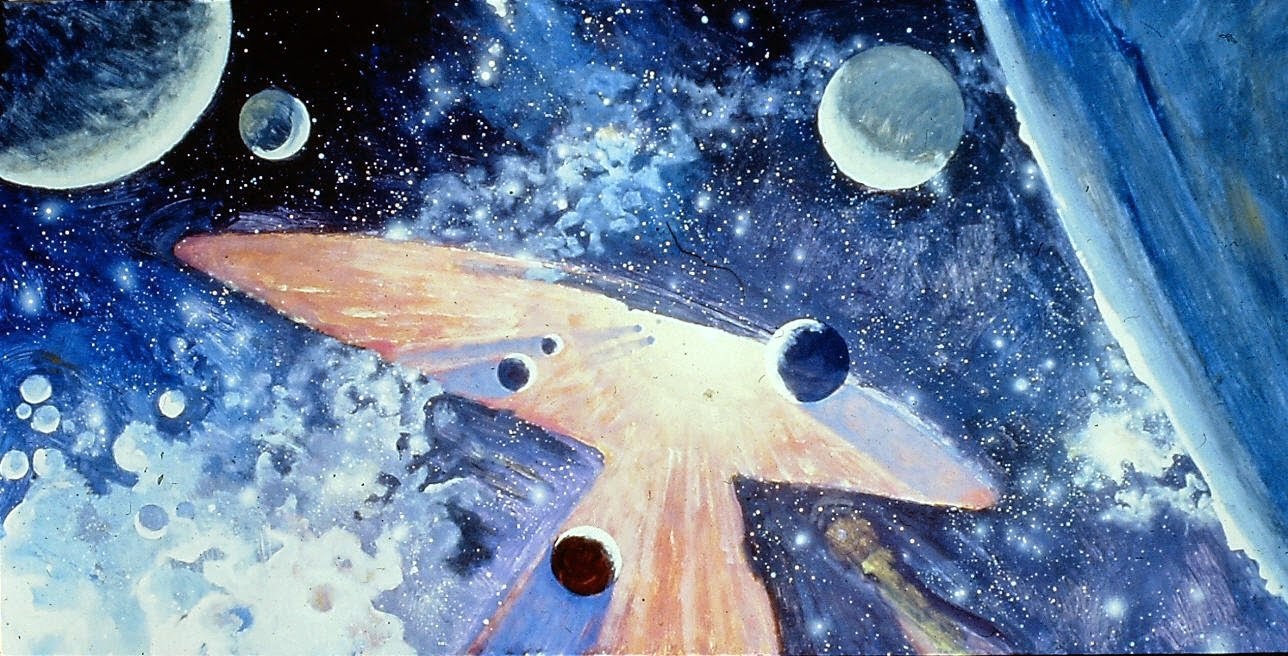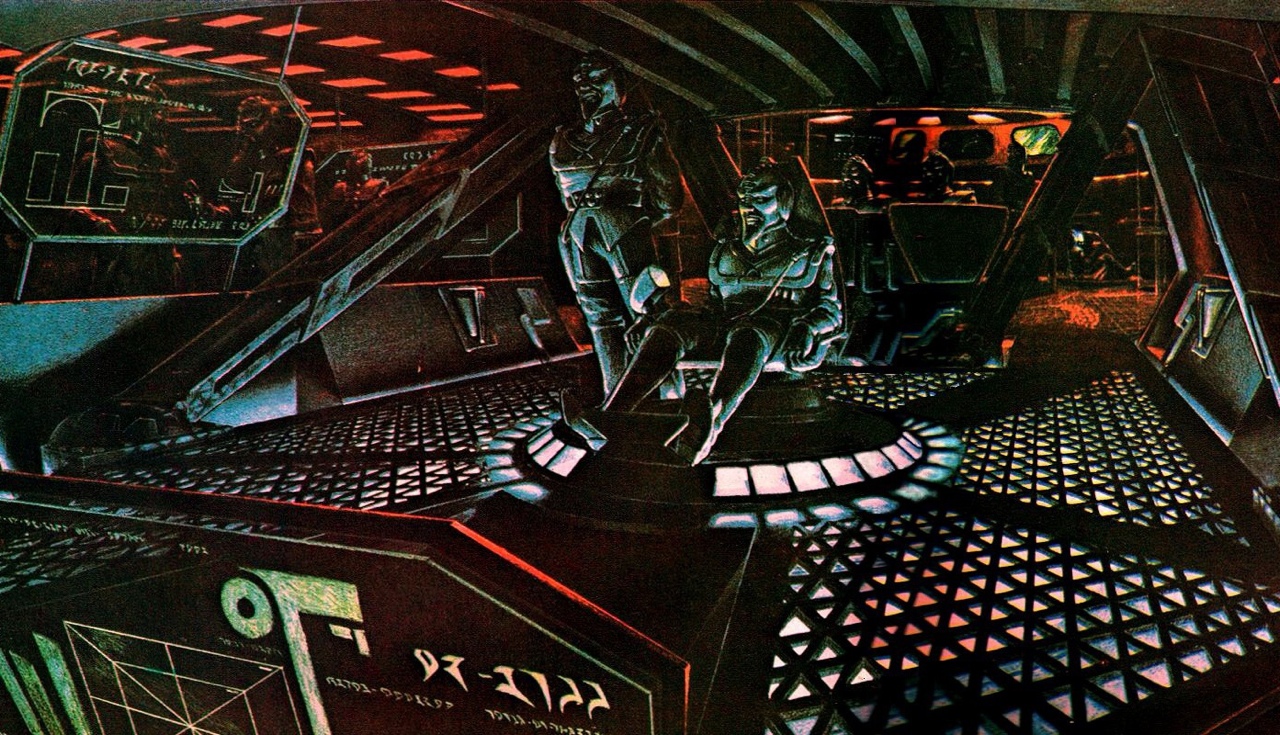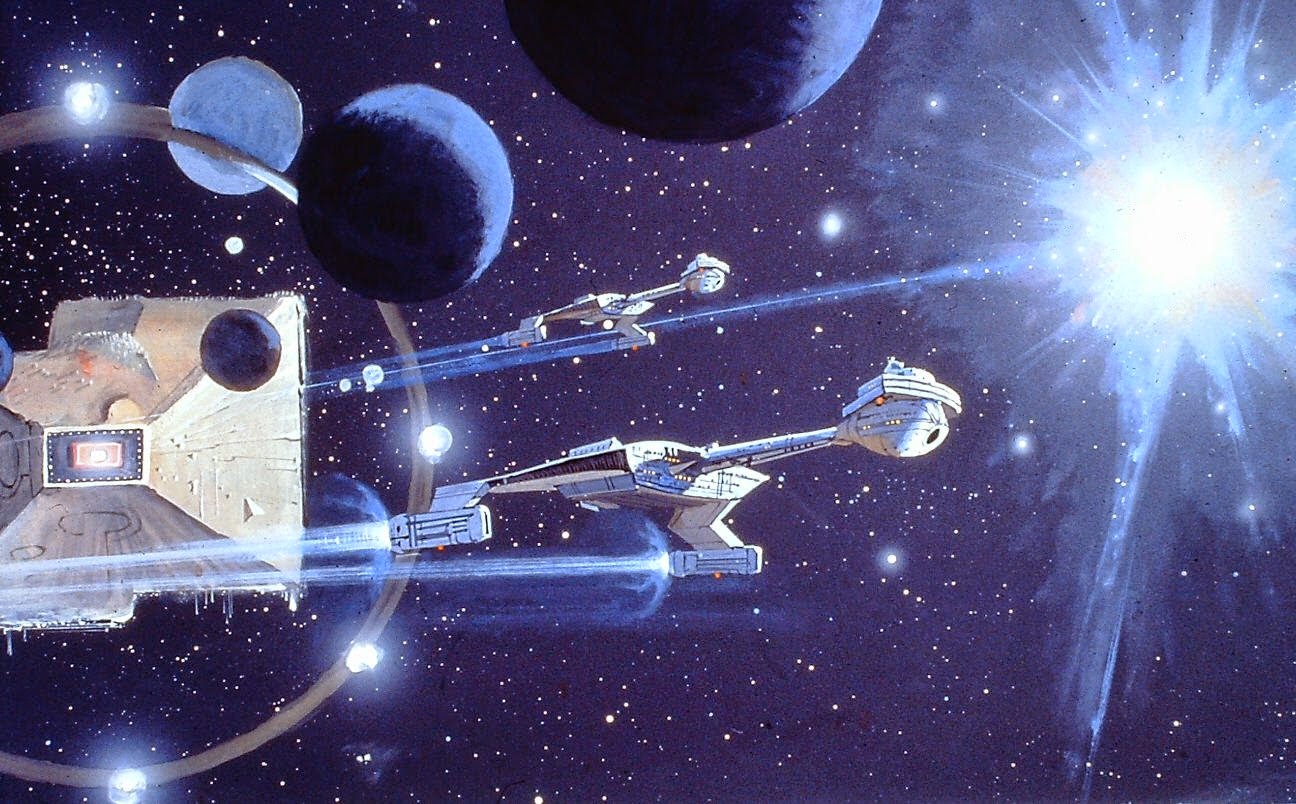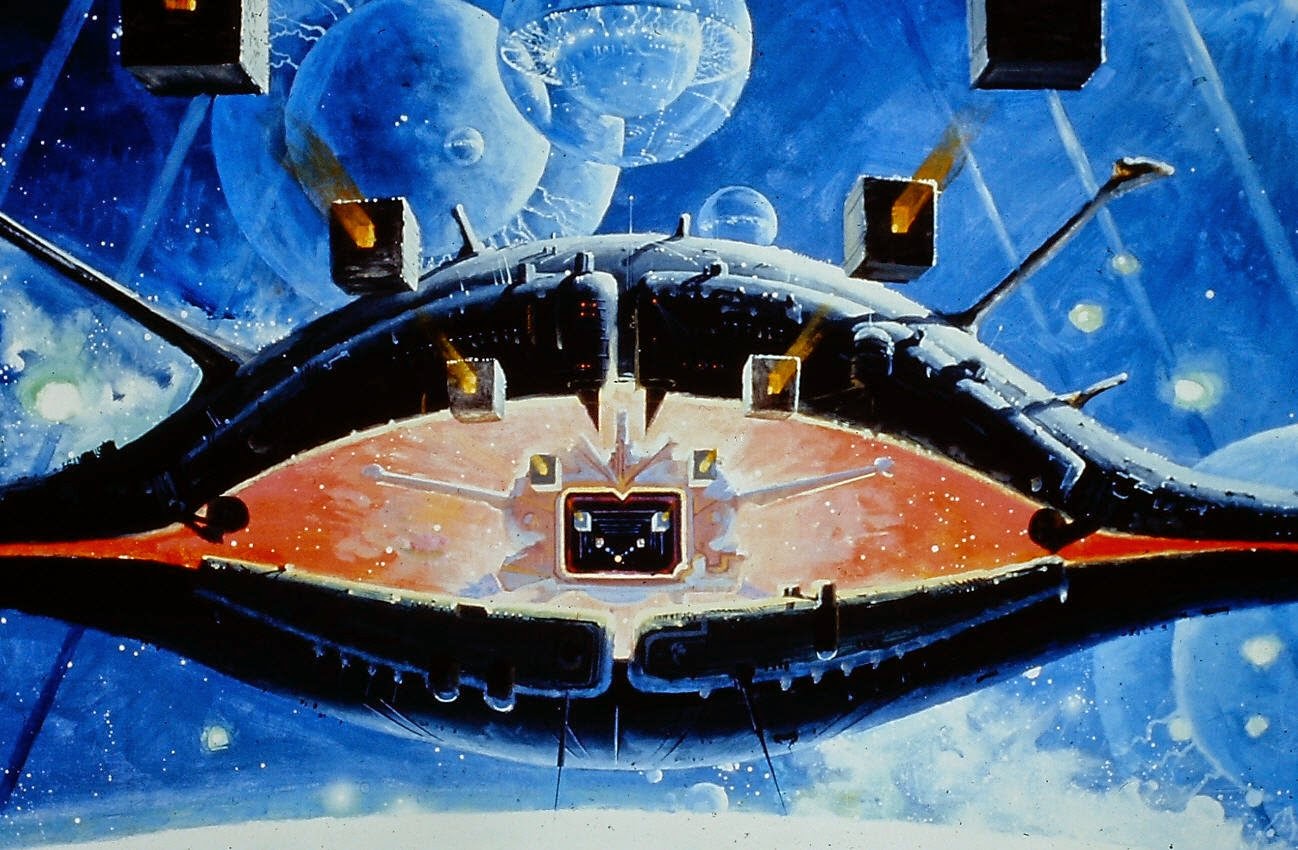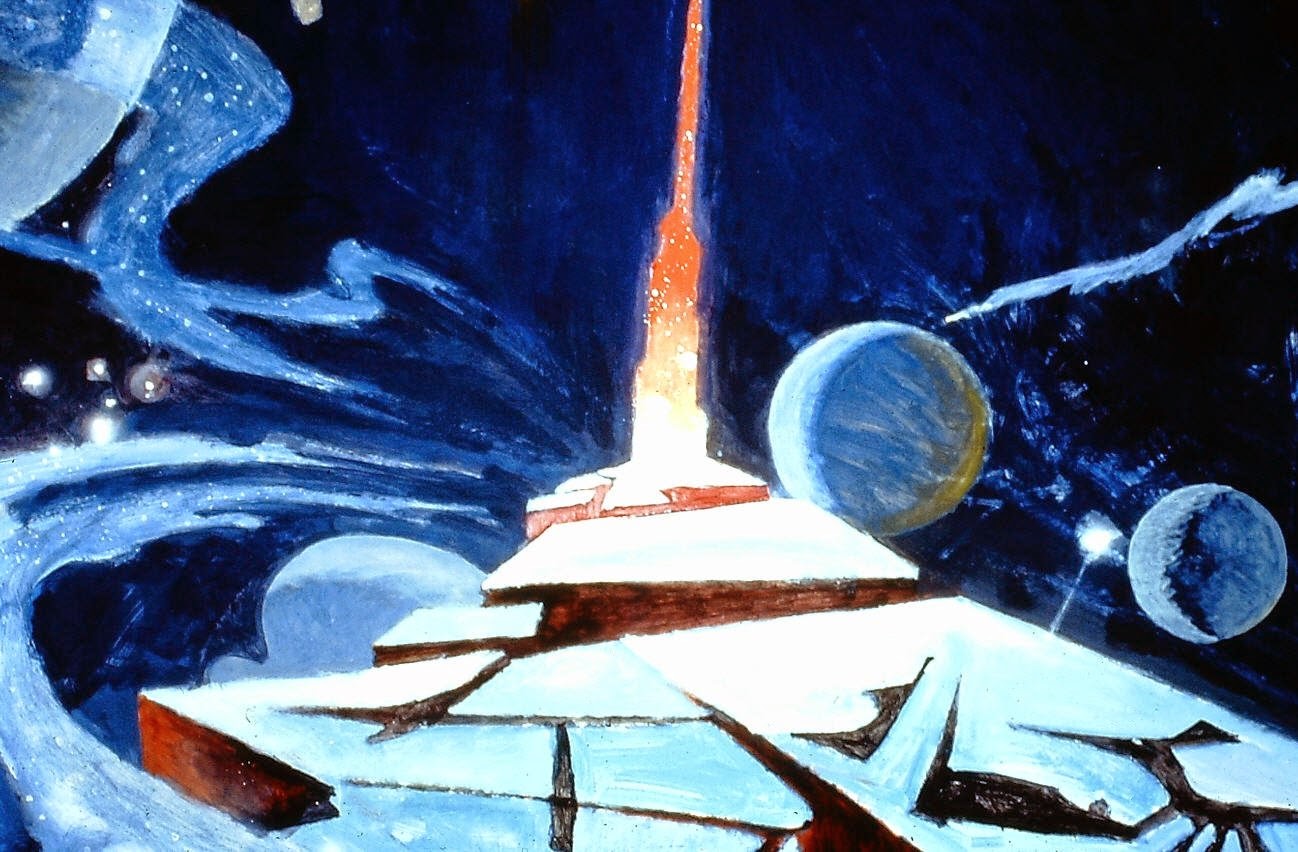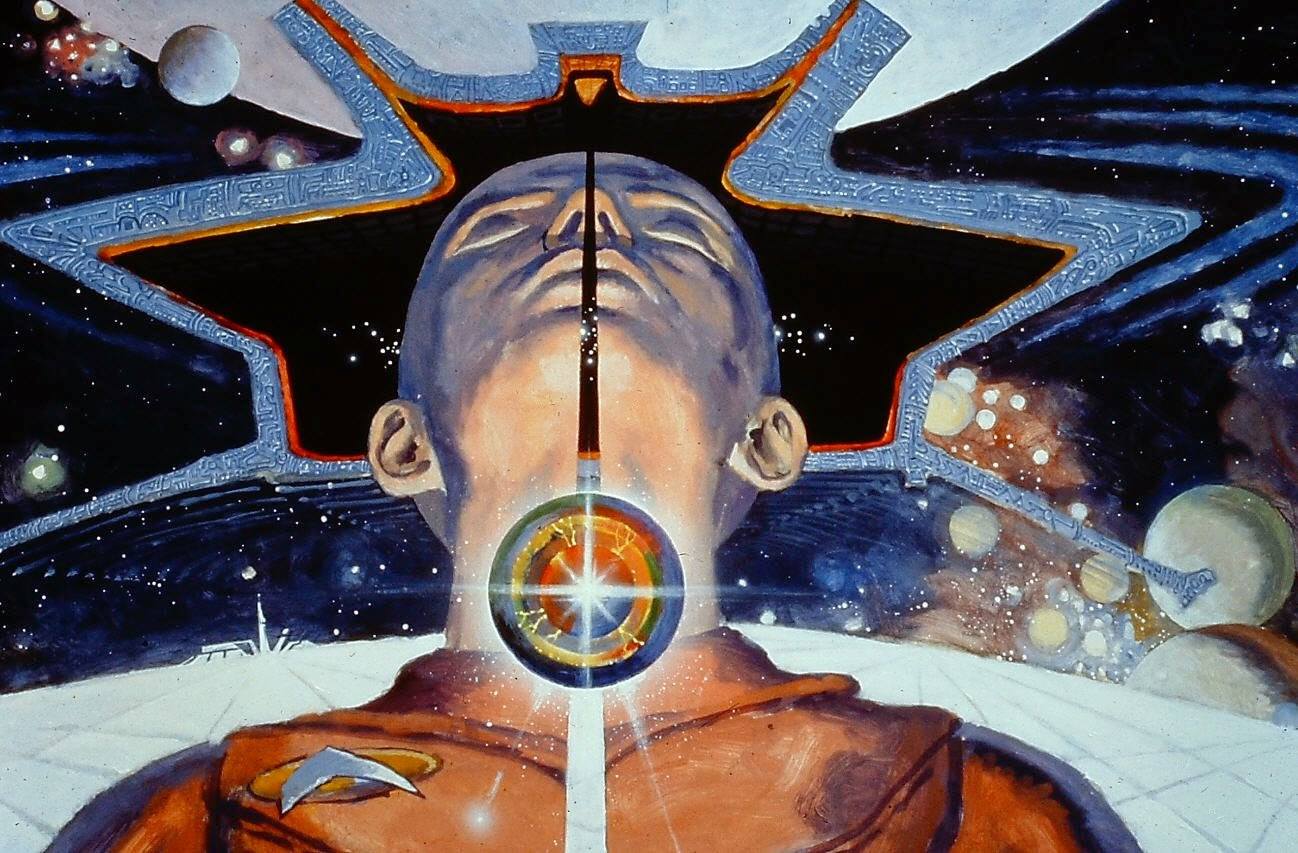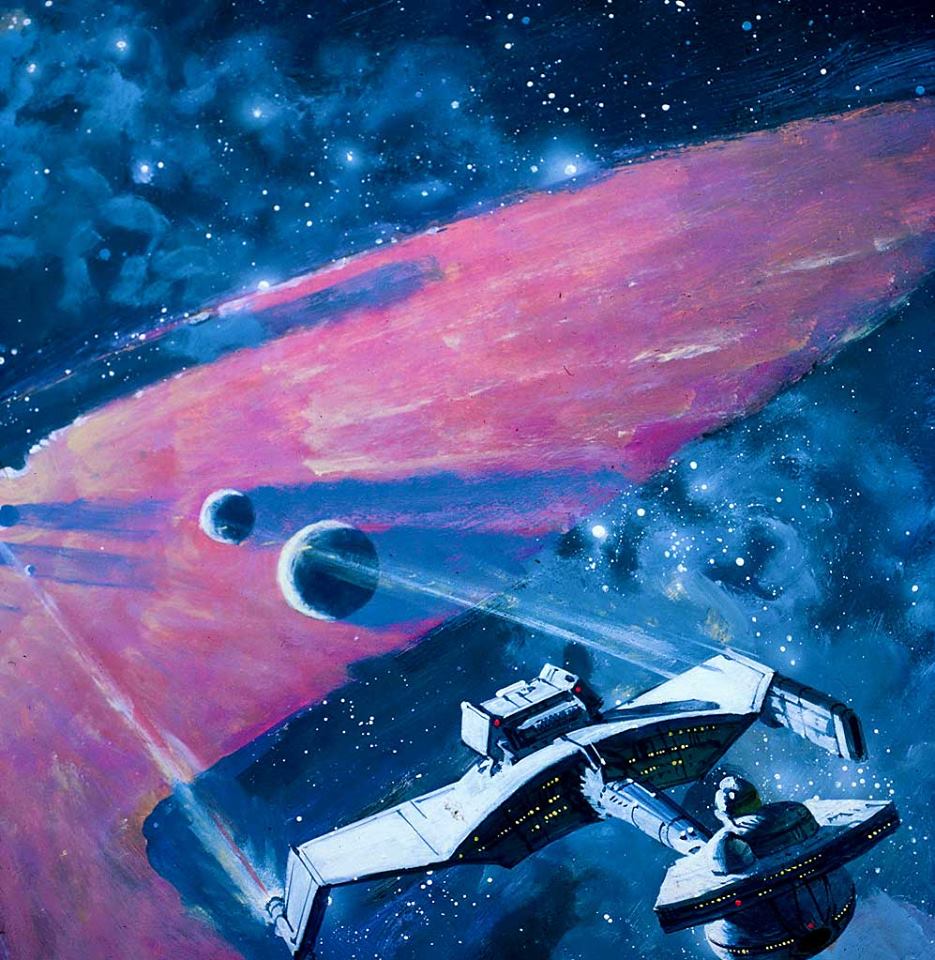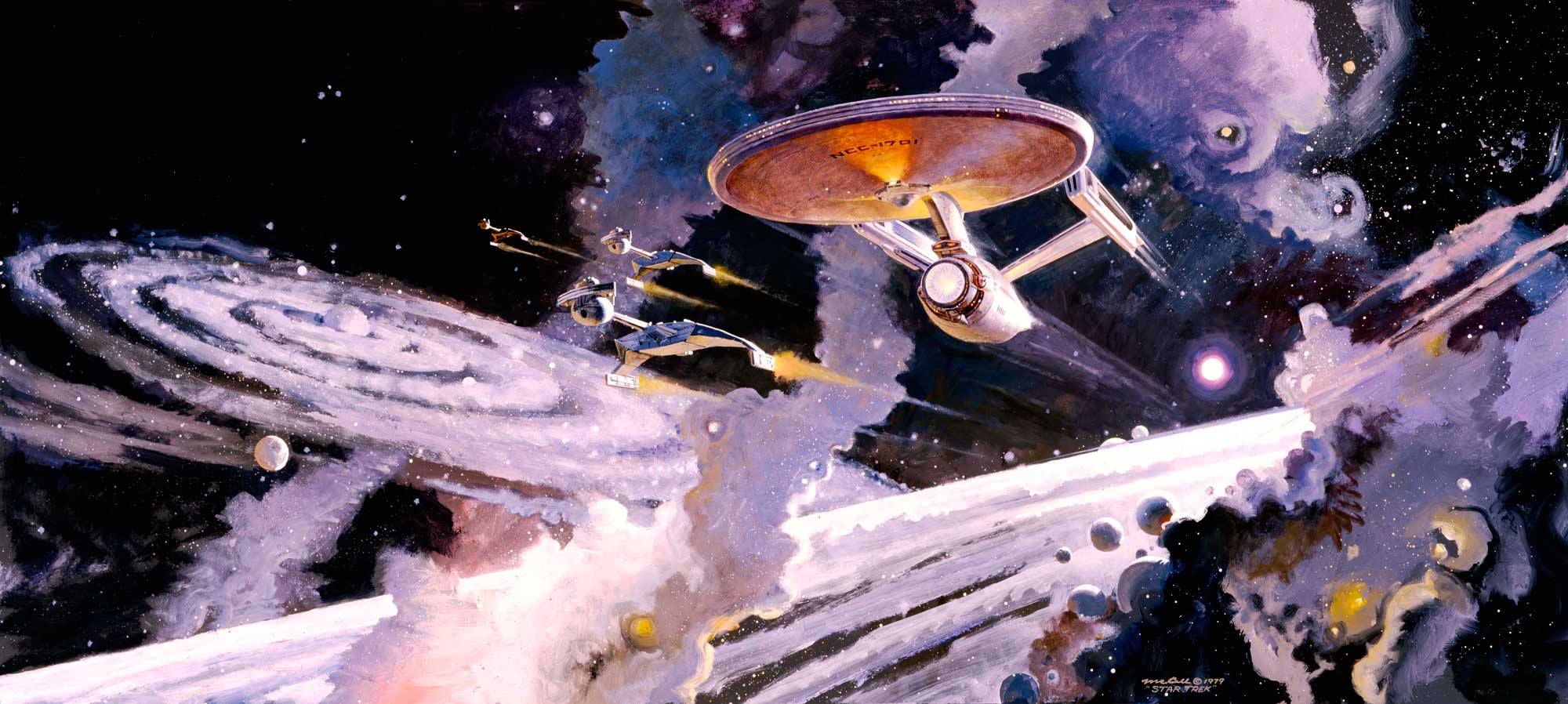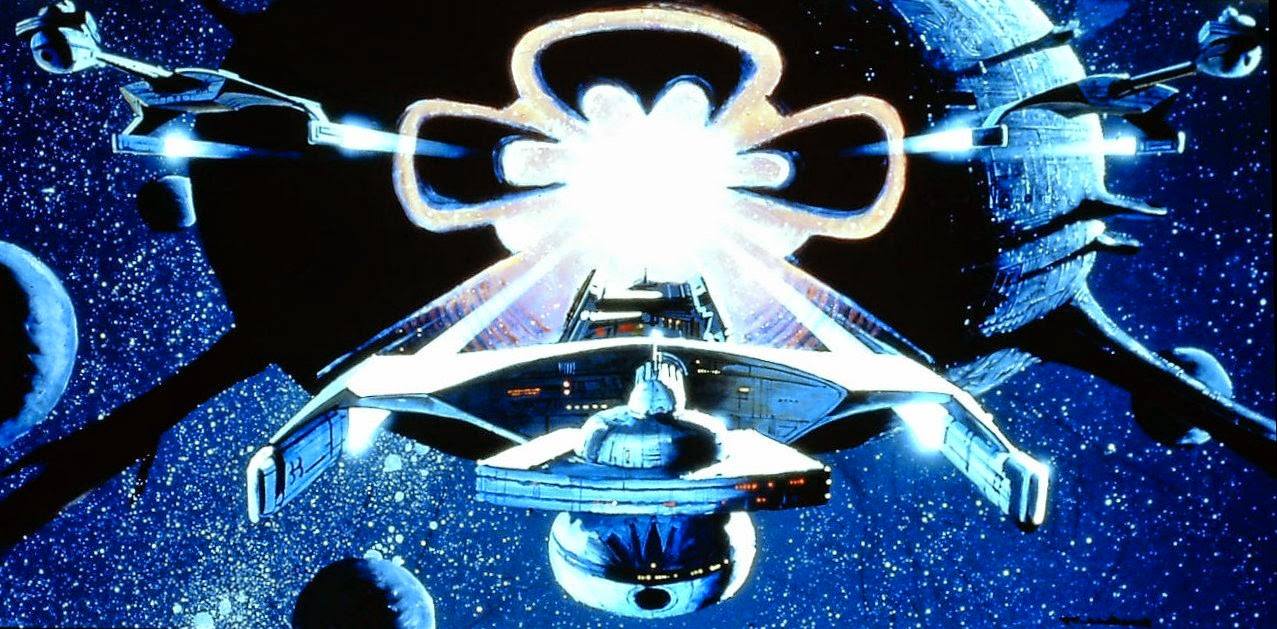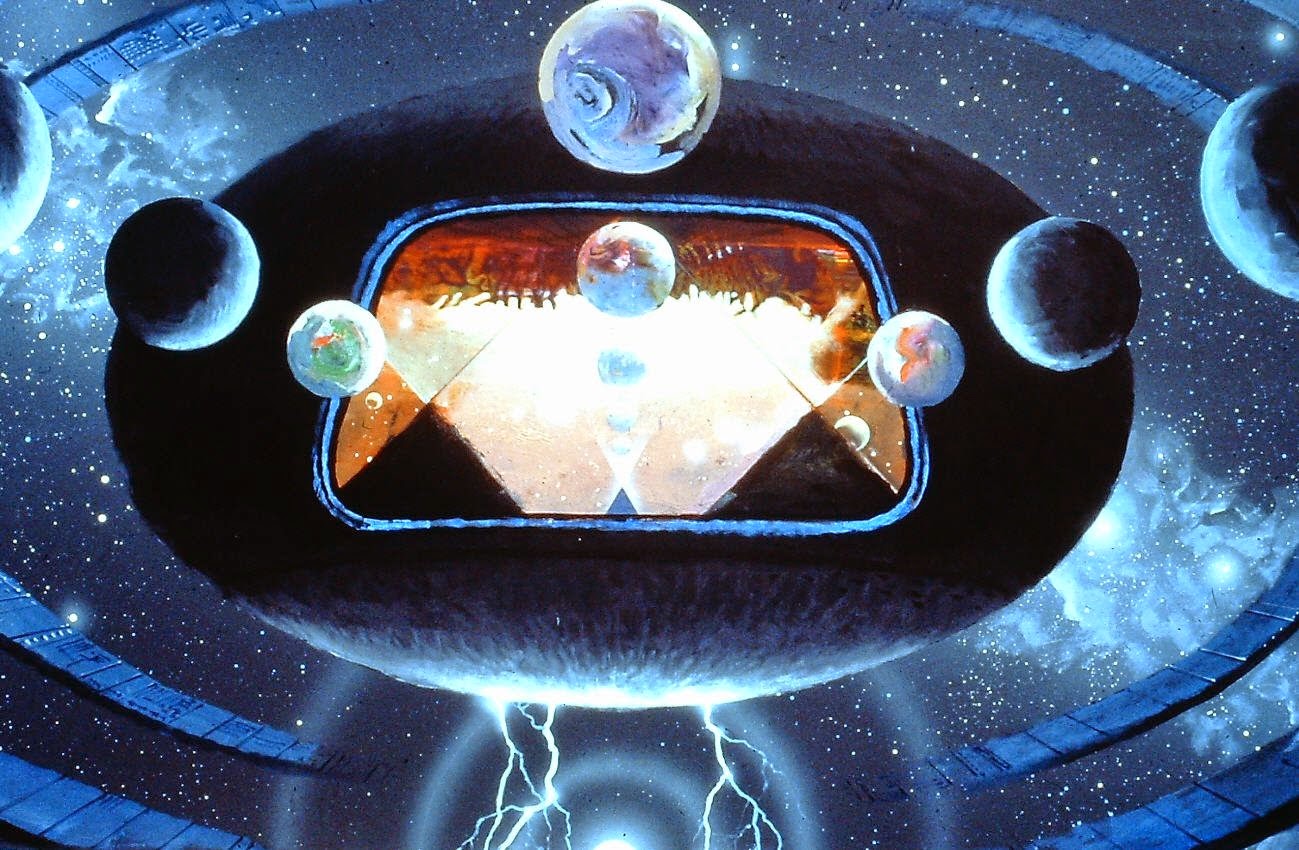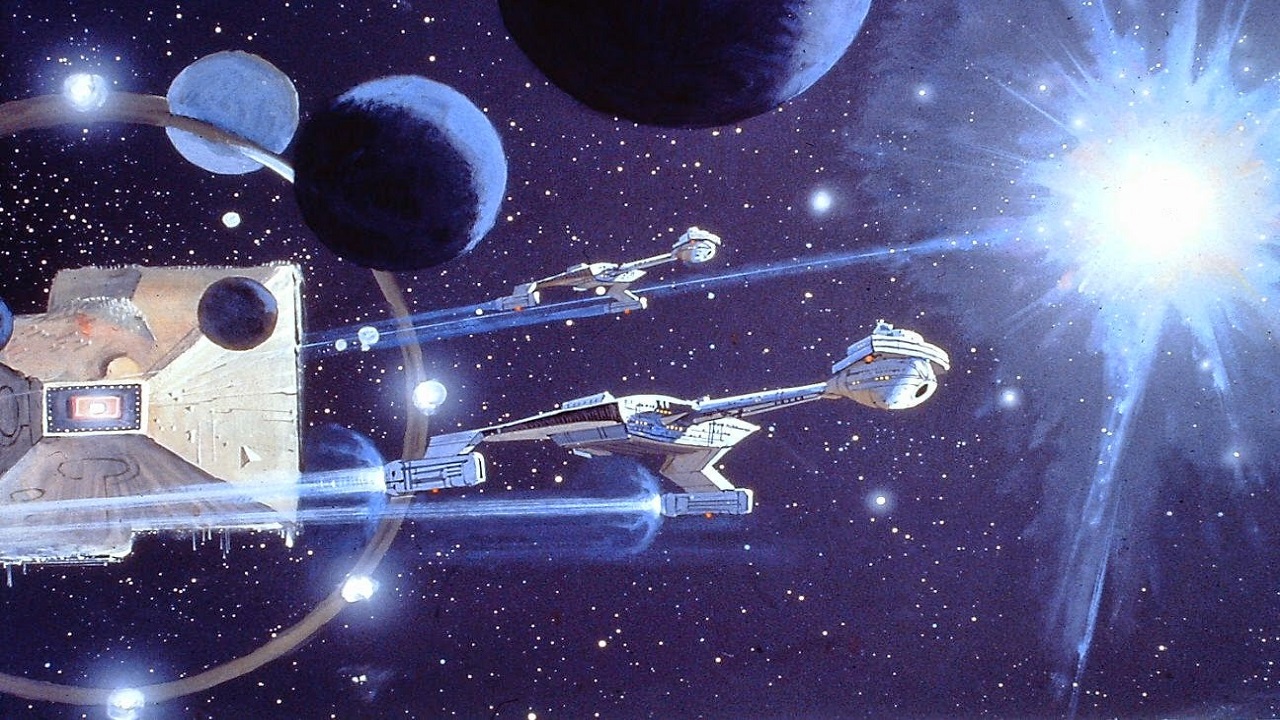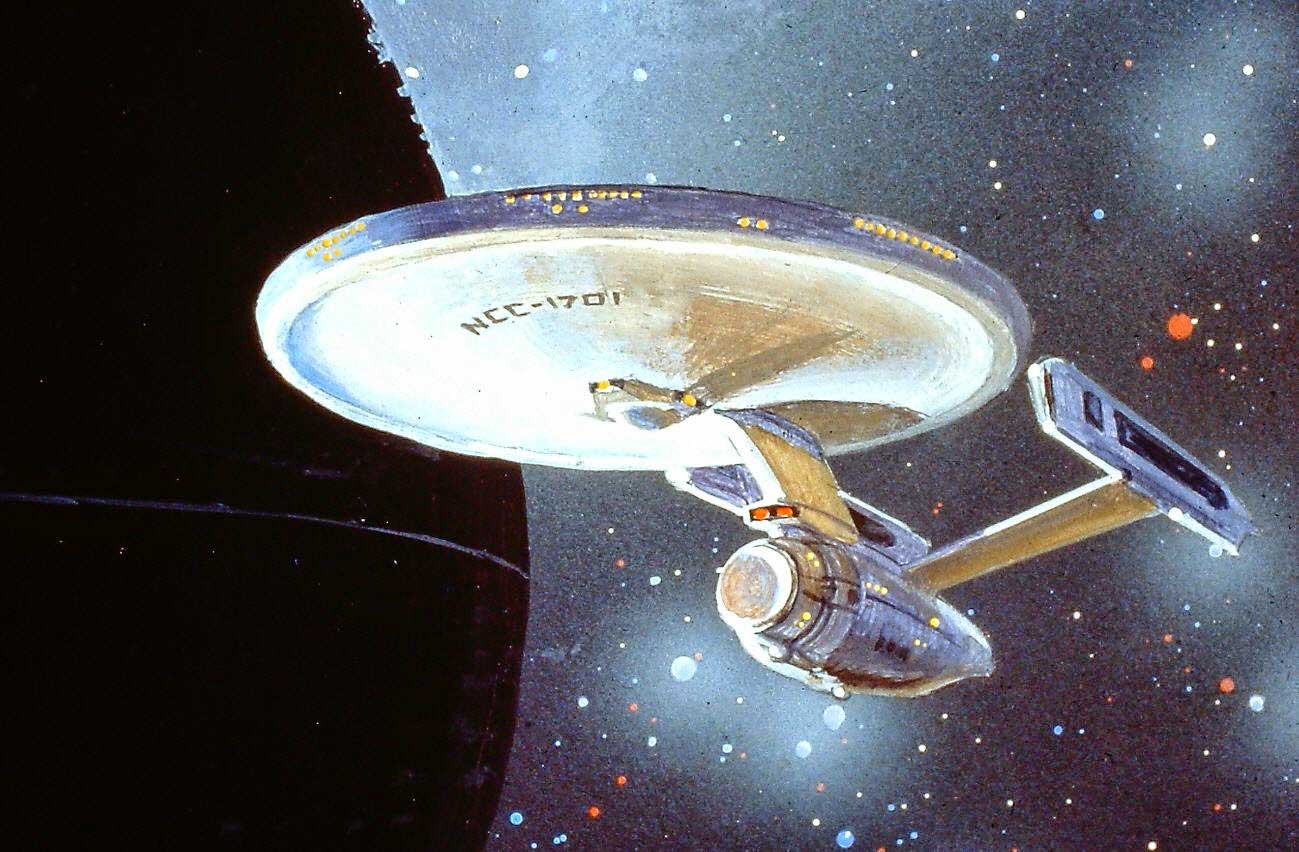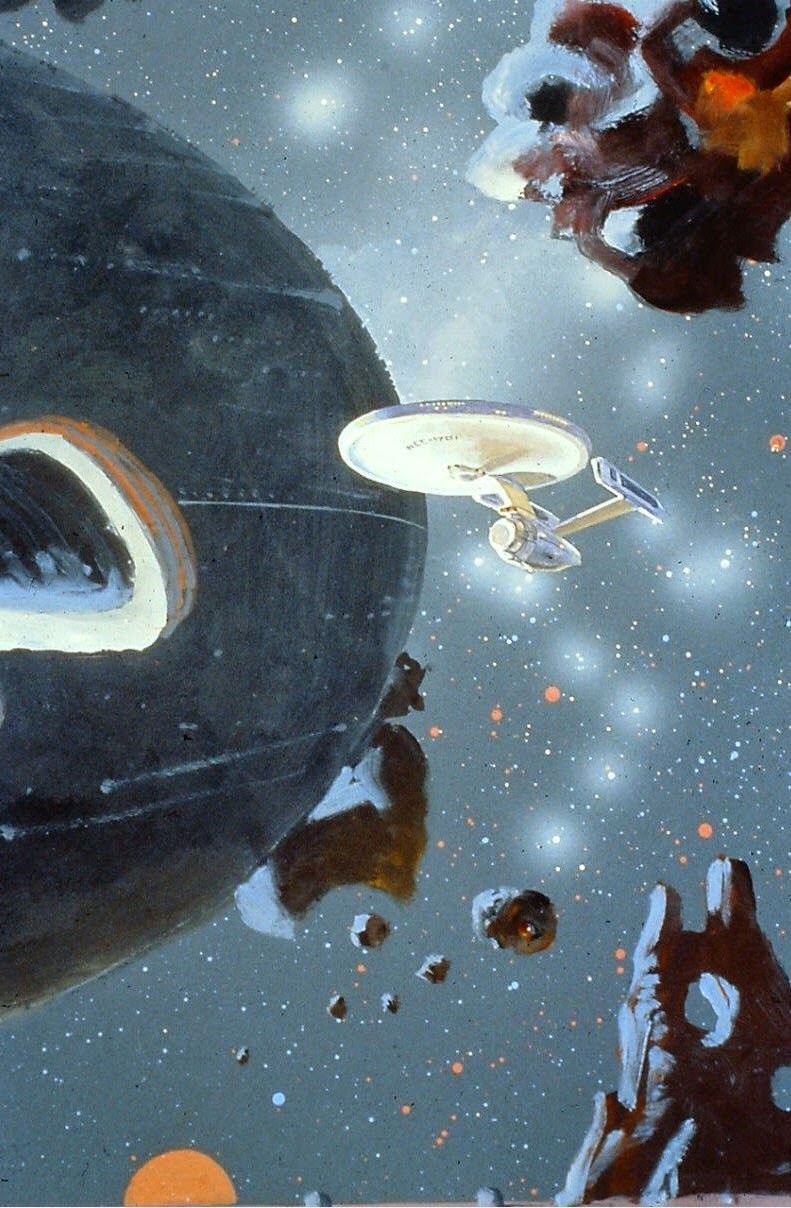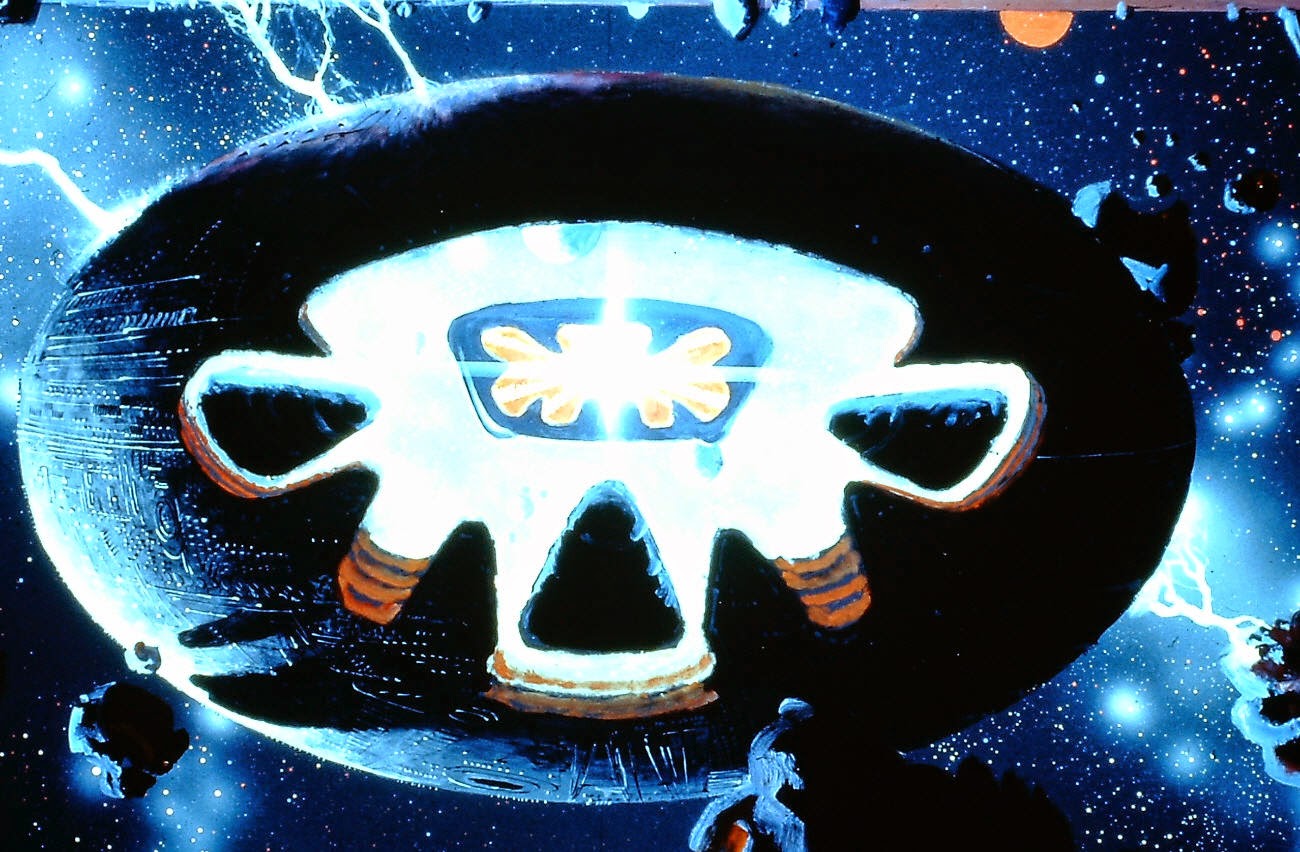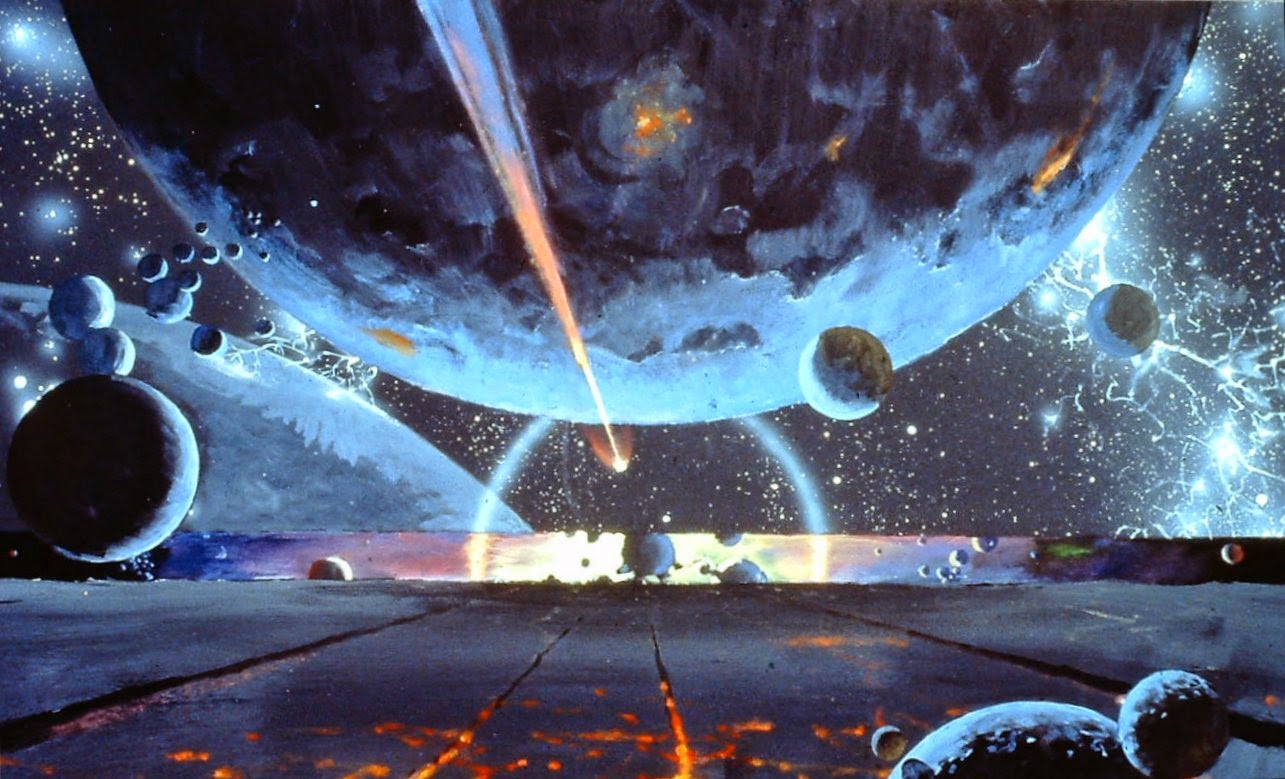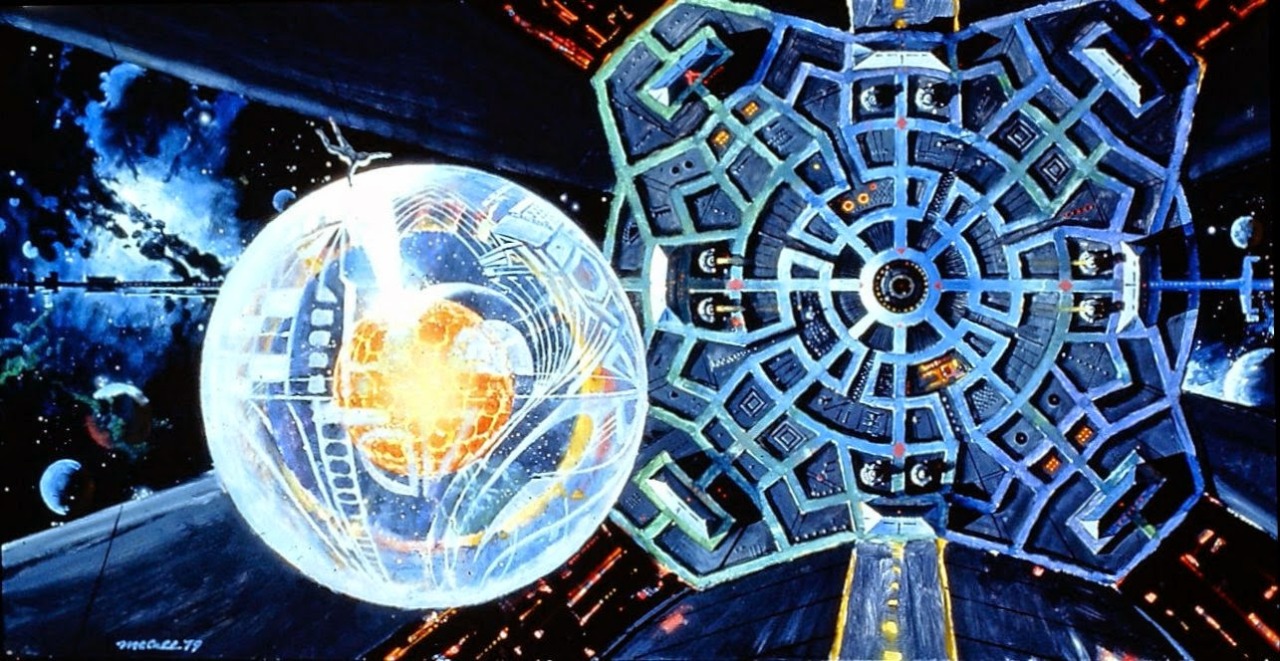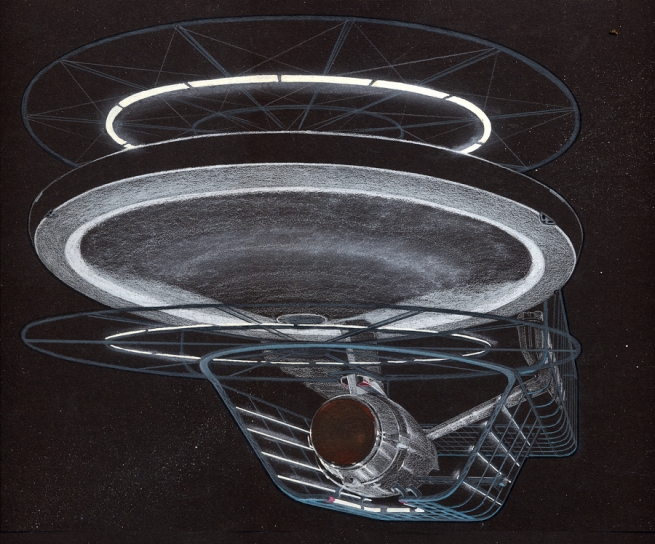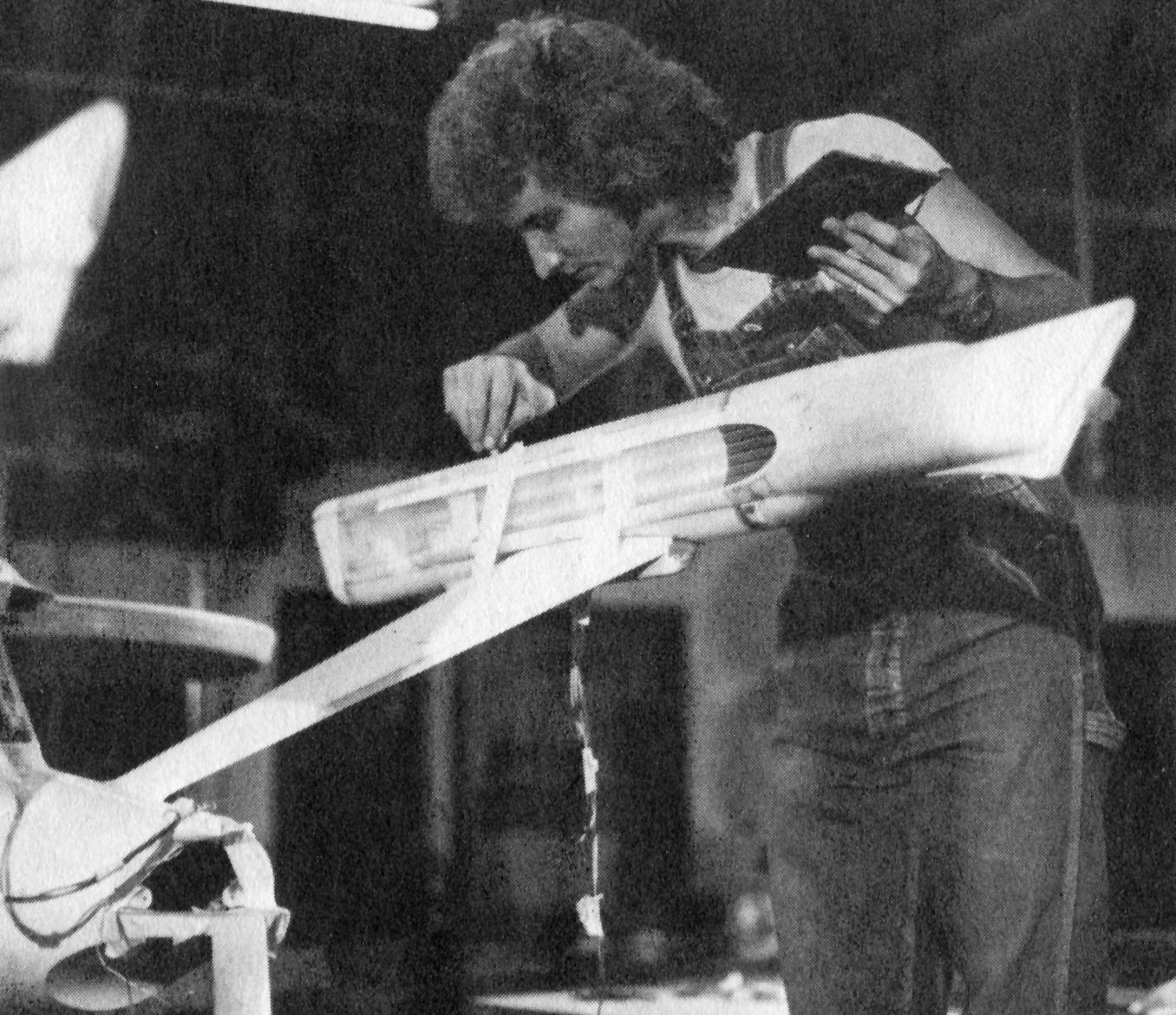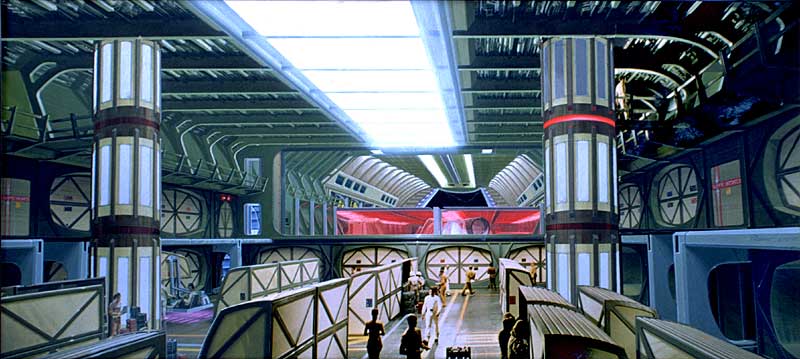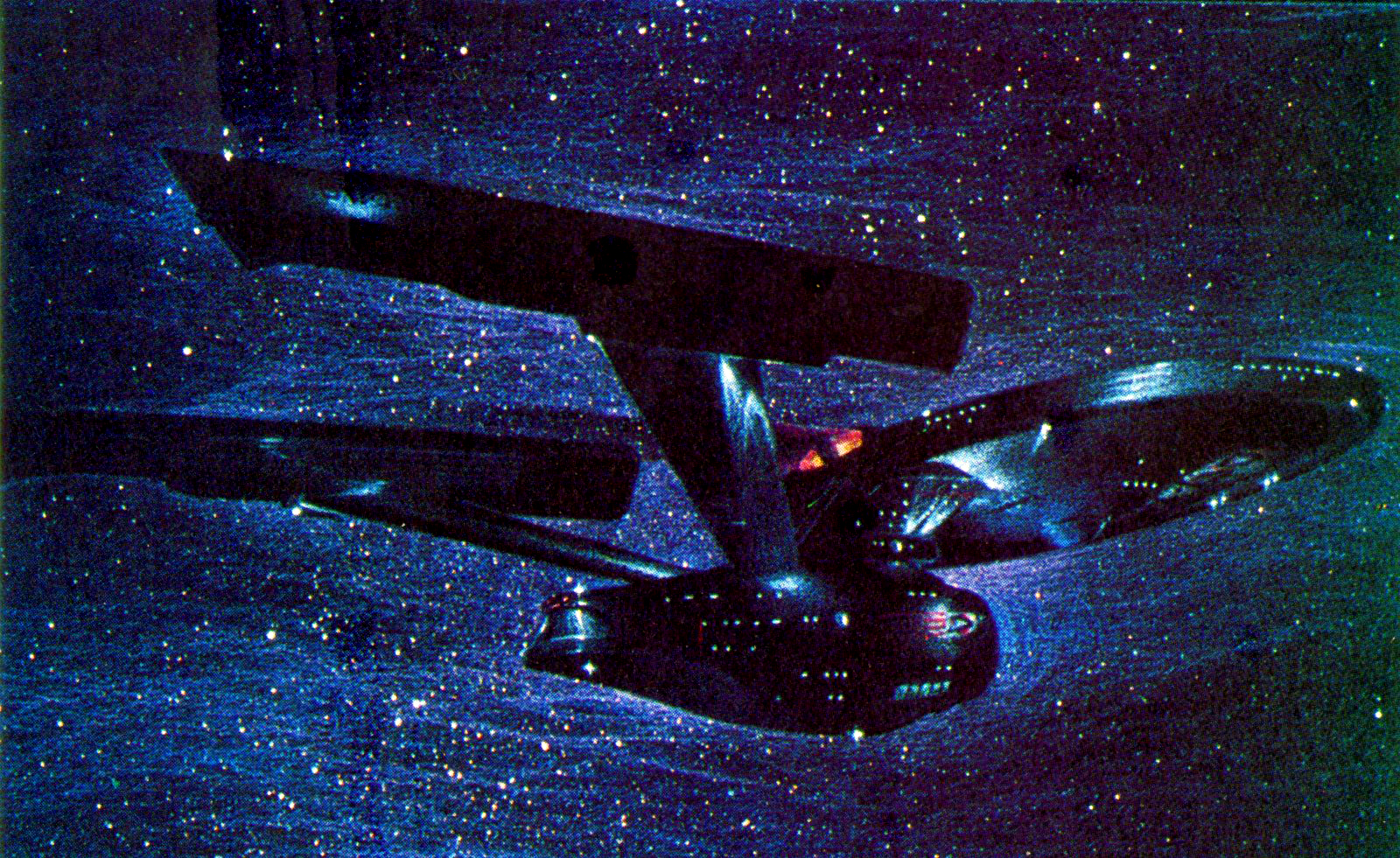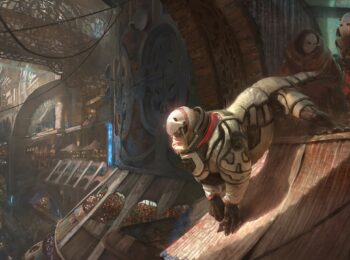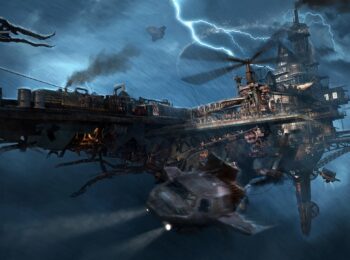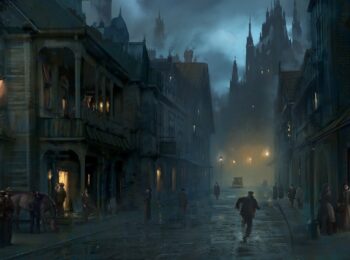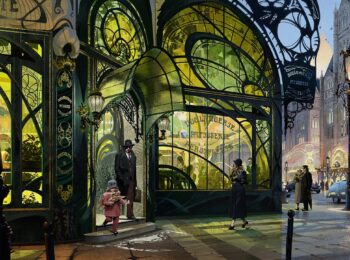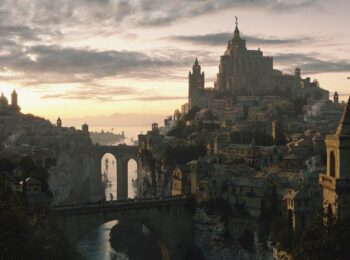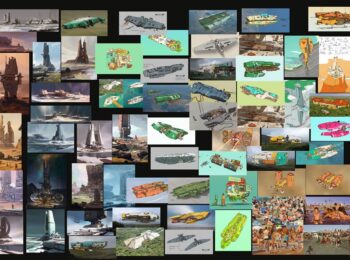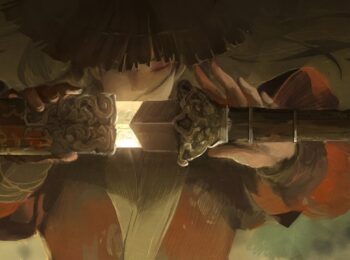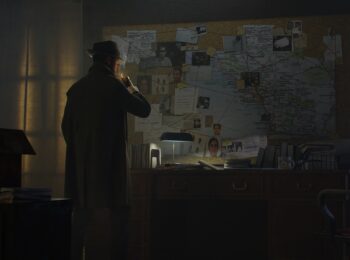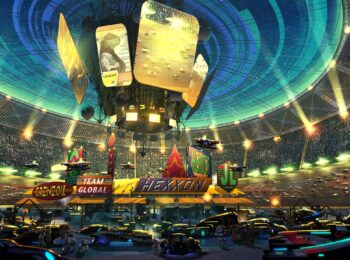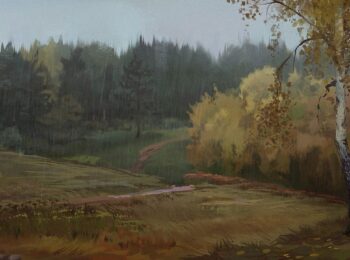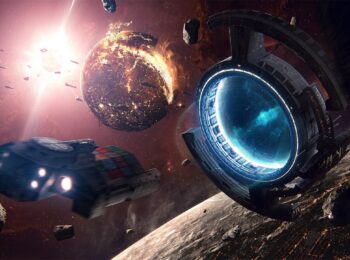When the original television series (1966 to 1969) was canceled, Star Trek creator Gene Roddenberry lobbied Paramount Pictures to continue the franchise through a feature film. The success of the series in syndication convinced the studio to begin work on the film beginning in 1975.
‘Star Trek: The Motion Picture’ was released in 1979, the film was directed by Robert Wise and with Gene Roddenberry serving as producer. It is the first installment in the Star Trek film series and stars the cast of the original television series.
The movie is set in the twenty-third century, when a mysterious and immensely powerful alien cloud known as V’Ger approaches Earth, destroying everything in its path. Admiral James T. Kirk (William Shatner) assumes command of the recently refitted Starship USS Enterprise, to lead it on a mission to save the planet and determine V’Ger’s mysterious origins.
It can probably be argued that Star Trek: The Motion Picture was Gene Roddenberry’s noble effort at making something akin to ‘2001: A Space Odyssey’ (1968), rather than ‘Star Wars: A New Hope’ (1977). Even if the grand setting is reminiscent of Stanley Kubrick’s Space Odyssey’, it is still very much in-line with Star Trek as originally envisioned by Roddenberry.
Gene Roddenberry’s vision of the future is that of a utopia. It is a future where humanity has used technology to free ourselves from the scarcity, want, bigotry, and fearfulness that limit our pursuit of happiness today. A vision where we explore space and time as a united people in the pursuit of knowledge and delighting in the newfound diversity that a boundless universe offers. Put simply, Star Trek tells us that humanity can do better.
Star Trek The Motion Picture is also a novel, written by Gene Roddenberry. Printed in 1979, it served as a tie-in book with the film. The Preface of the book perfectly encapsulates Roddenberry’s vision of Star Trek.
Preface:
Why STAR TREK again? I suppose the truth is that I have always looked upon the Enterprise and its crew as my own private view of Earth and humanity in microcosm.If this is not the way we really are, it seems to me most certainly a way we ought to be.
During its voyages, the starship Enterprise always carried much more than mere respect and tolerance for other life forms and ideas. It carried the more positive force of love of the almost limitless variety within our Universe. It is this capacity for ‘love for all things’, which has always seemed to me the first indication that an individual or a race is approaching adulthood.
There may still be long and awkward years for humanity between now and maturity, but we have at last come within some reach of understanding that our future can hold any new dimensions of challenge and happiness we desire and deserve.
While we humans may be a considerable distance from understanding the ‘truth’ or even being able to cope with it, I believe that we are at last beginning to understand that love is somehow integral to the truth.
Among the concept artists hired to work on the movie was Andrew Probert and Robert Mccall.
Richard Taylor was the art director for The Motion Picture and was confronted with a problem; the level of detail that can appear on a movie model is far greater than that which can appear on a model for television.
“My approach was to give it a stylization that was almost art deco. Things became more elongated and more elegant than the TV series version.”
Therefore, Taylor brought in Andrew Probert to design all human spacecraft for the film and help refine the design of the starship Enterprise.
Robert Theodore McCall (1919 – 2010) was an American conceptual artist. Among other things, he created promotional artwork for Stanley Kubrick’s film ‘2001: A Space Odyssey’ and Richard Fleischer’s production ‘Tora! Tora! Tora!’. He also worked as an artist for NASA, documenting the history of the Space Race.
An important part of McCall’s responsibilities was the pre-production visualization for the producers and the interactions with various set pieces and concepts. His bright and colorful art style marries perfectly with Roddenberry’s utopian vision.
Robert McCall stands among the greatest premiere science fiction artists of all time. Celebrated science fiction writer Isaac Asimov called Robert McCall “the nearest thing we have to an artist in residence in outer space.”
Check out Robert McCall’s and Andrew Probert’s fantastic concept art for Star Trek: The Motion Picture.

